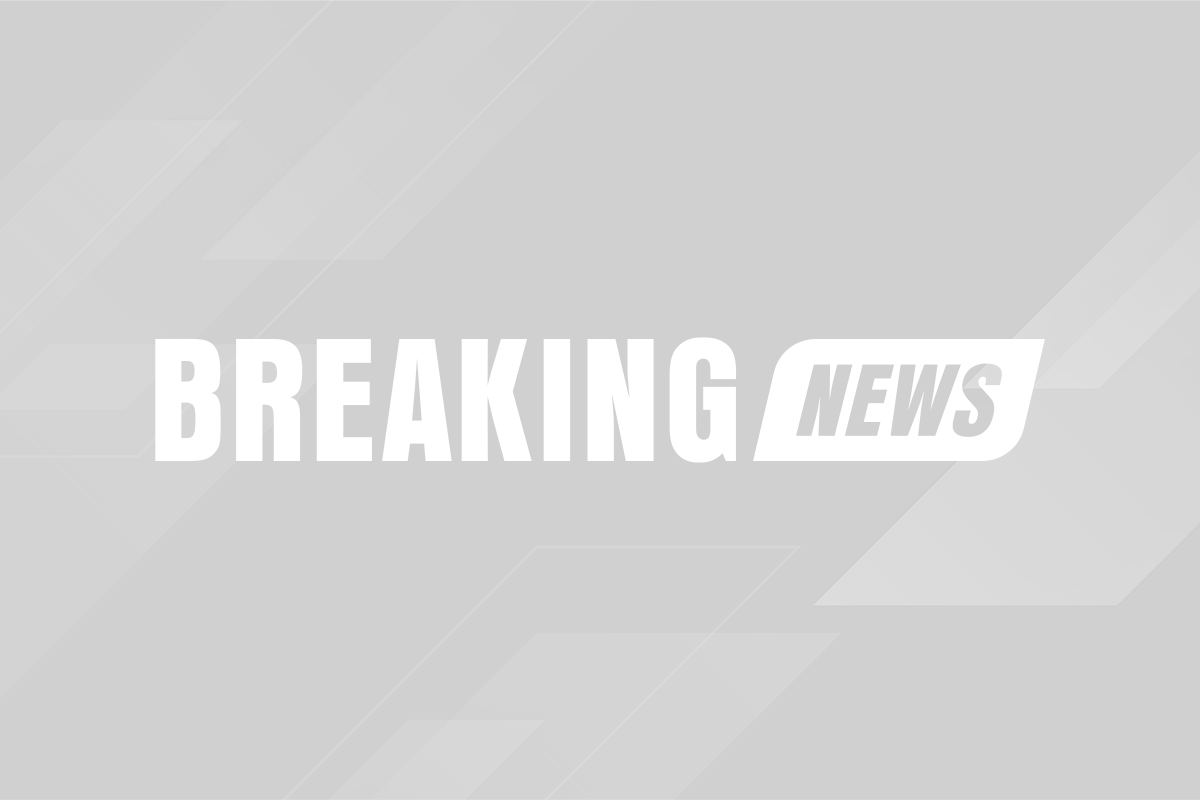
In an unexpected move that shook the esports community, Activision Blizzard has slashed its esports division, resulting in significant layoffs affecting the team behind its high-profile gaming leagues. Coming on the heels of the Call of Duty League's Major I tournament, the reduction has left a skeleton crew of around 12 individuals to steer Activision Blizzard's esports ambitions.
These layoffs represent a considerable scale-back for a company that has been a significant player in the esports arena. Last year alone, approximately 50 workers were laid off, impacting both Overwatch League and Call of Duty League. The cuts have had ripple effects across the company’s esports operations, even leading to the dismantling of the Overwatch League and a subsequent reimagining of its competitive ecosystem.
The downsizing suggests that Activision Blizzard may be pivoting its strategy, with rumors circulating about a potential overhaul of the Call of Duty esports structure. Long-time fans, some already critical of the Call of Duty League's franchise structure, might see these changes as either a much-needed evolution or a departure from the league’s original spirit.
In a related development, Sledgehammer Games, which plays a crucial role in the development of Call of Duty titles, has undergone a significant reorganization, parting ways with 30% of its workforce. These layoffs are thought to be in connection with Microsoft's ongoing restructuring as it navigates the aftermath of its acquisition deals.
The Call of Duty League's move to YouTube marked a significant shift in its broadcast strategy. However, this transition was met with resistance from fans, and viewership metrics have since suffered. Despite the partnership with Google granting YouTube exclusive streaming rights, the league has faced challenges in maintaining its original viewership while attempting to draw in a broader audience.
Despite these hurdles, the Call of Duty League marches on with its next event scheduled for February 16. However, there’s an air of expectancy within the community, with many speculating that once the current season wraps up, the league could undergo more changes.
The Impact of Layoffs on the Esports Experience
Among the layoffs was the elimination of all full-time observer positions for the Call of Duty League. Observers play a crucial role in the live broadcast of esports events, controlling in-game camera views to provide audiences with an optimal viewing experience. This group consists of the remaining members of Hot Hands Lounge, a dedicated team responsible for the dynamic presentation of Call of Duty matches.
The loss of such experienced staff raises concerns about the future quality of Activision Blizzard's esports broadcasts. Josh Lee, a figure within the gaming community, expressed his dismay: "There are no longer any more full-time observers for the CoD League as the remainder of Hot Hands Lounge was let go after the conclusion of the Boston Major. All of those years of work and development the team put in has just been wiped. CoD esports will never be the same again."
Lee’s comments echo a sentiment that the cuts may impact the Call of Duty esports scene profoundly, potentially altering the way audiences experience matches. Observers are akin to film directors for live esports events, making sure that the flow of the game is not only followed but also presented in a way that highlights key moments and player actions. The skills these individuals brought to the table are not easily replaceable and their absence could result in a less polished and engaging viewing experience.
A Shifting Landscape
The esports industry is one that is continually evolving, reshaping itself to adapt to the interests of its fans and the capabilities of new technologies. Activision Blizzard's recent decisions reflect just another chapter in the progression of competitive gaming. Whether these steps will lead to a positive outcome for the company, its leagues, and its audiences remains to be seen.
Companies in this sphere must carefully balance innovation with tradition, reaching out to new markets while respecting the core fans that helped build their competitive scenes. The future of the Call of Duty League, and perhaps esports at Activision Blizzard as a whole, seems to hinge on restructuring that will either reinvent the format successfully or alienate a passionate fanbase accustomed to a particular standard of esports entertainment.
For now, all eyes are on Activision Blizzard as it navigates a period of change, with the Call of Duty community waiting to see if the new direction can overcome the challenges faced and herald a new era in competitive gaming.